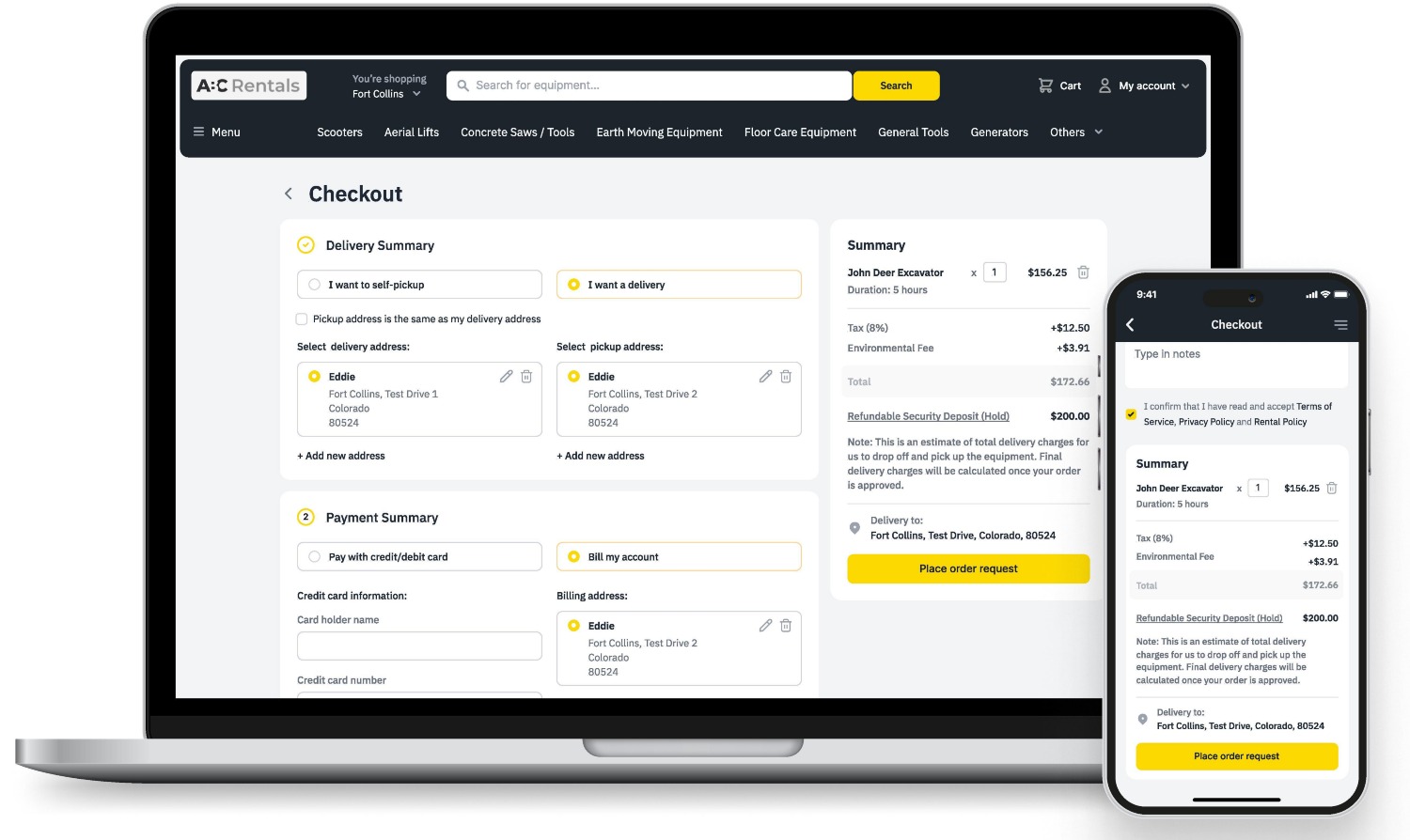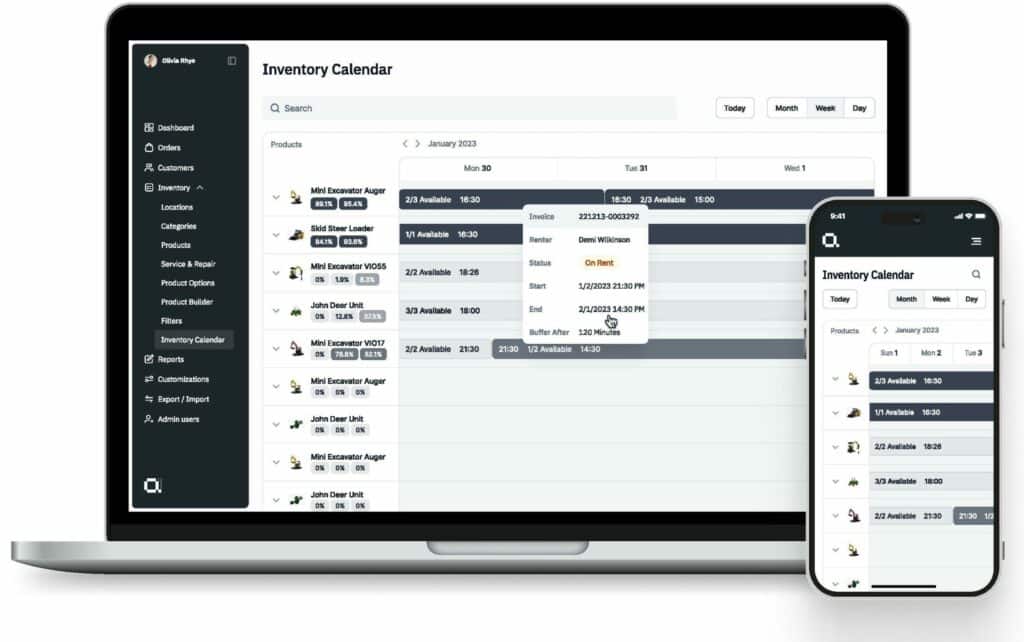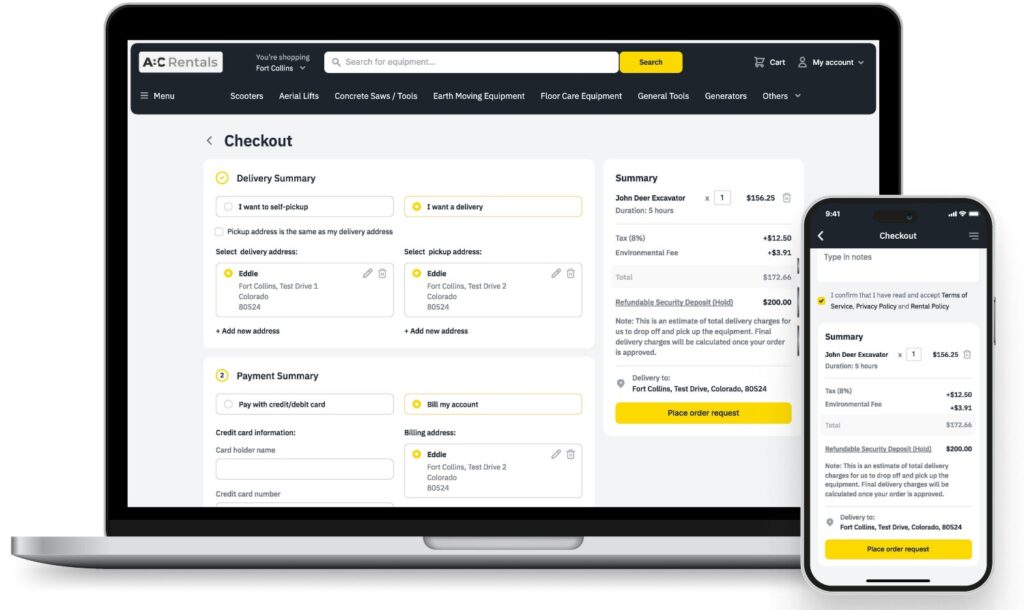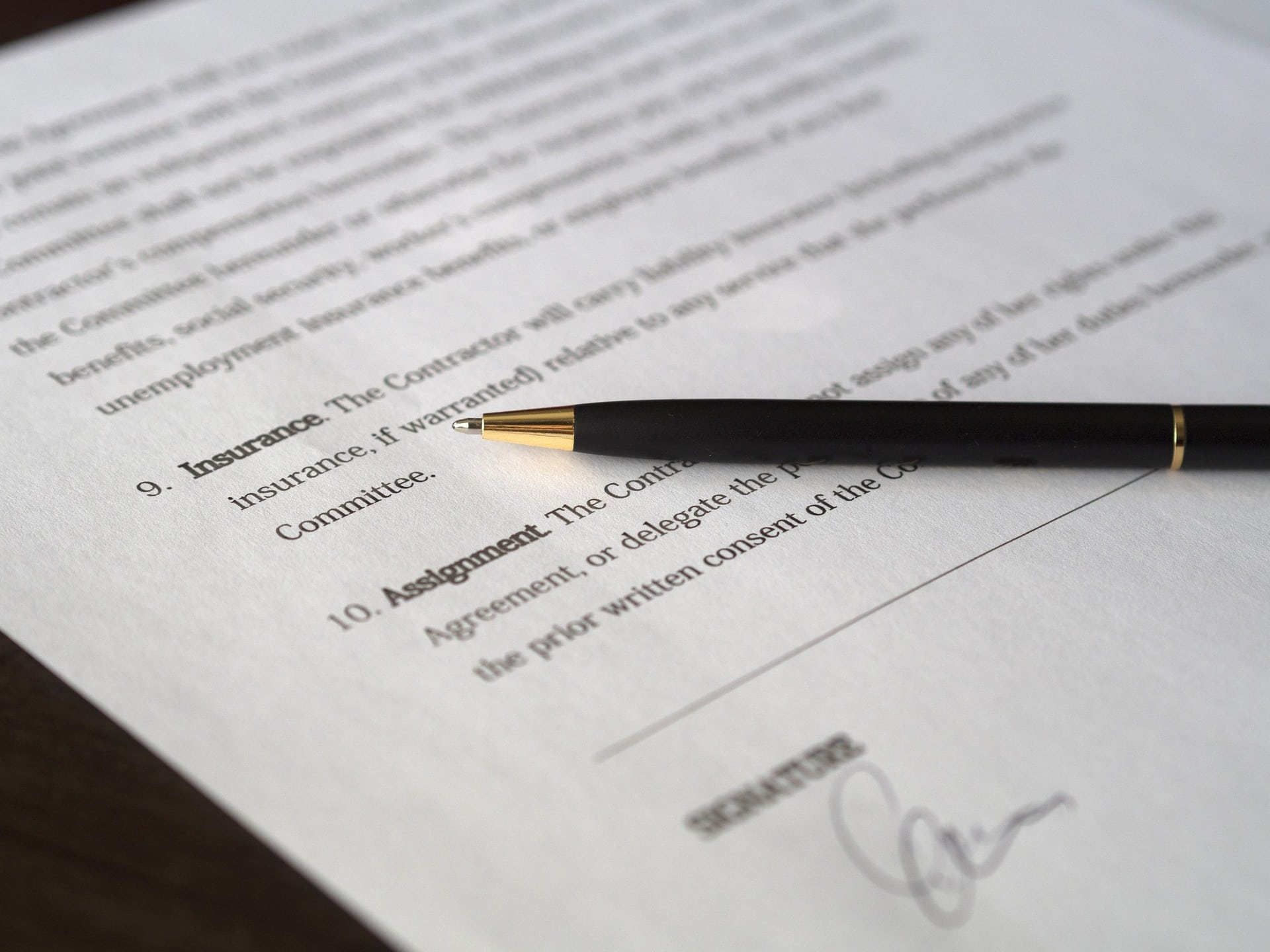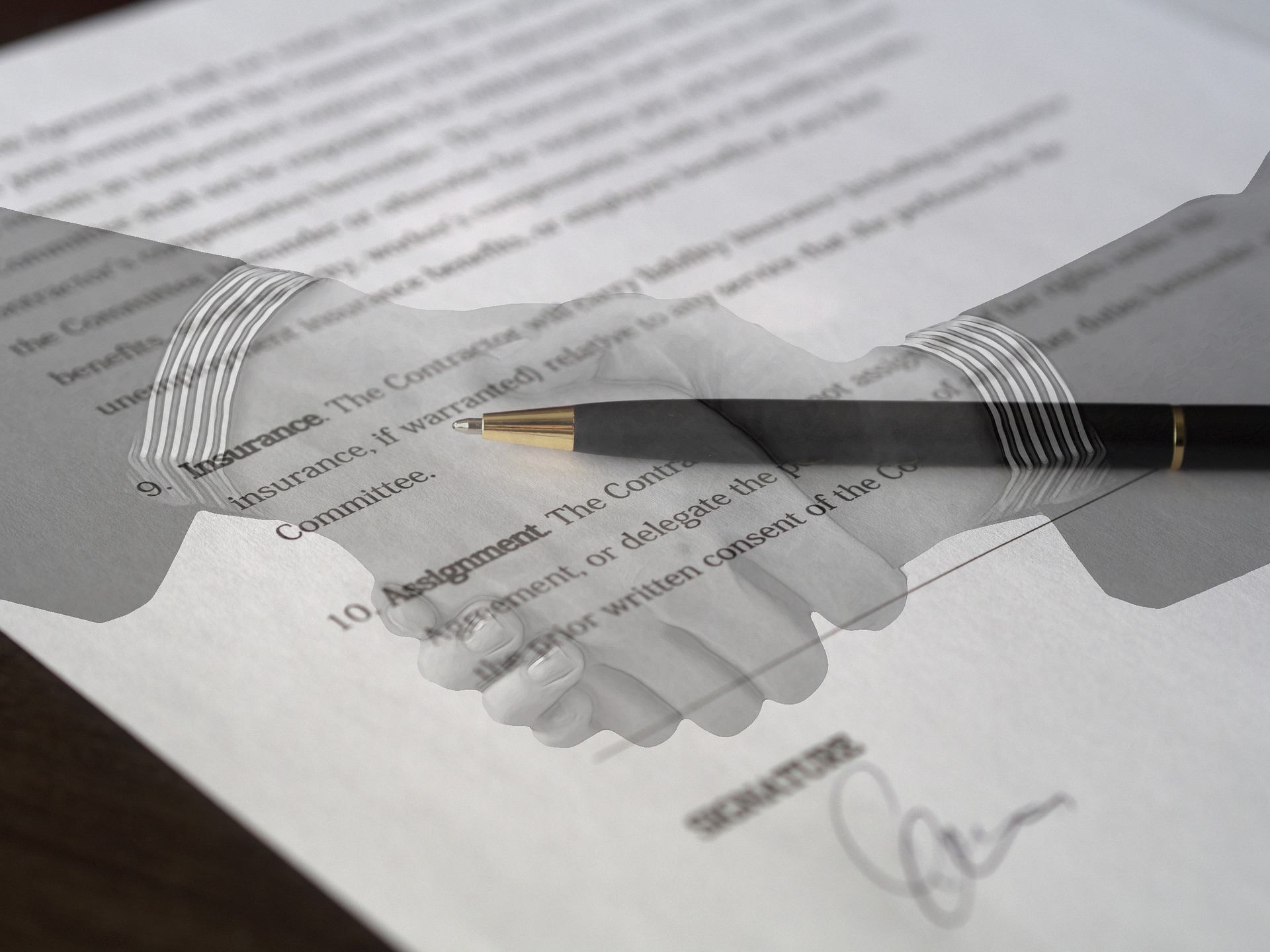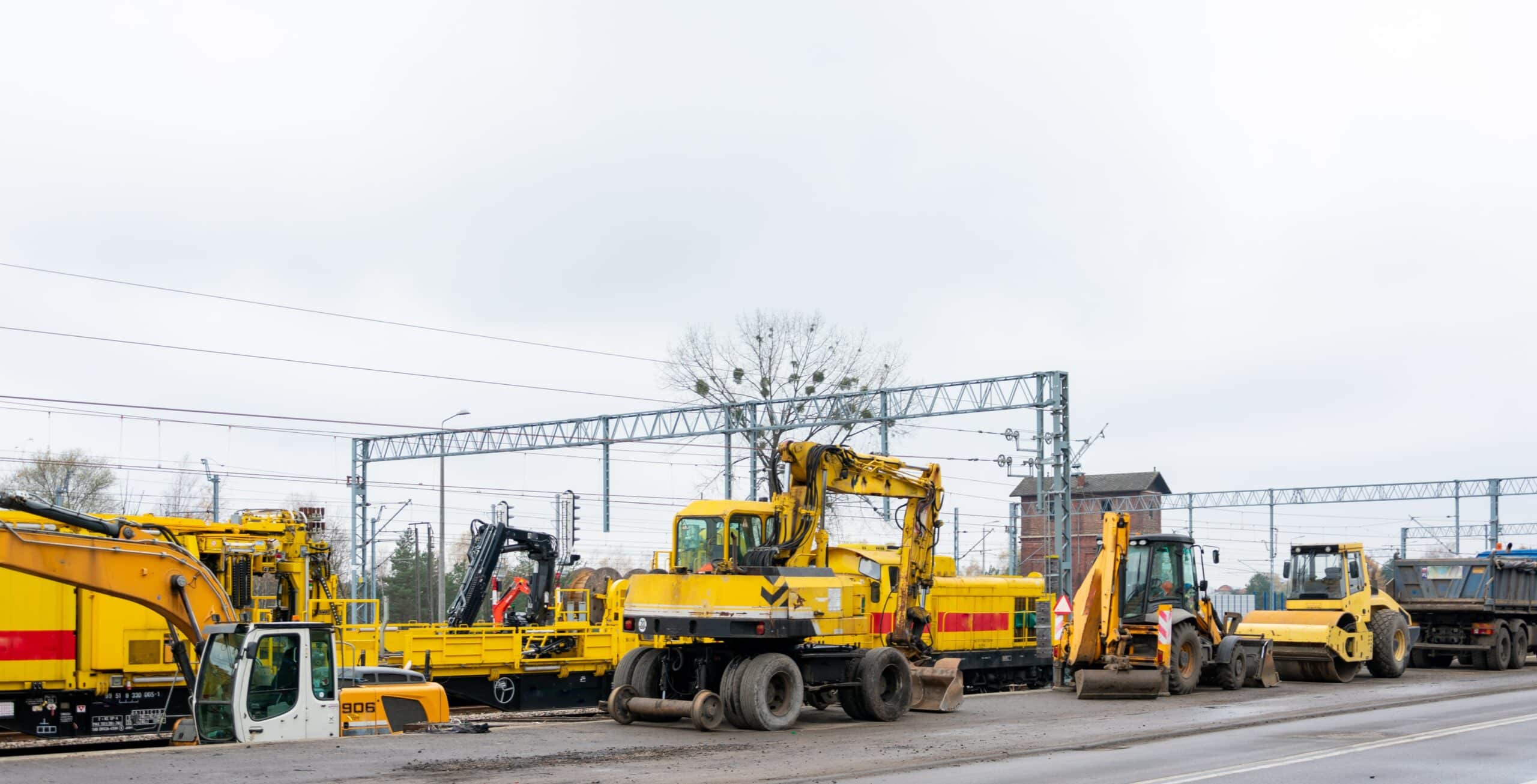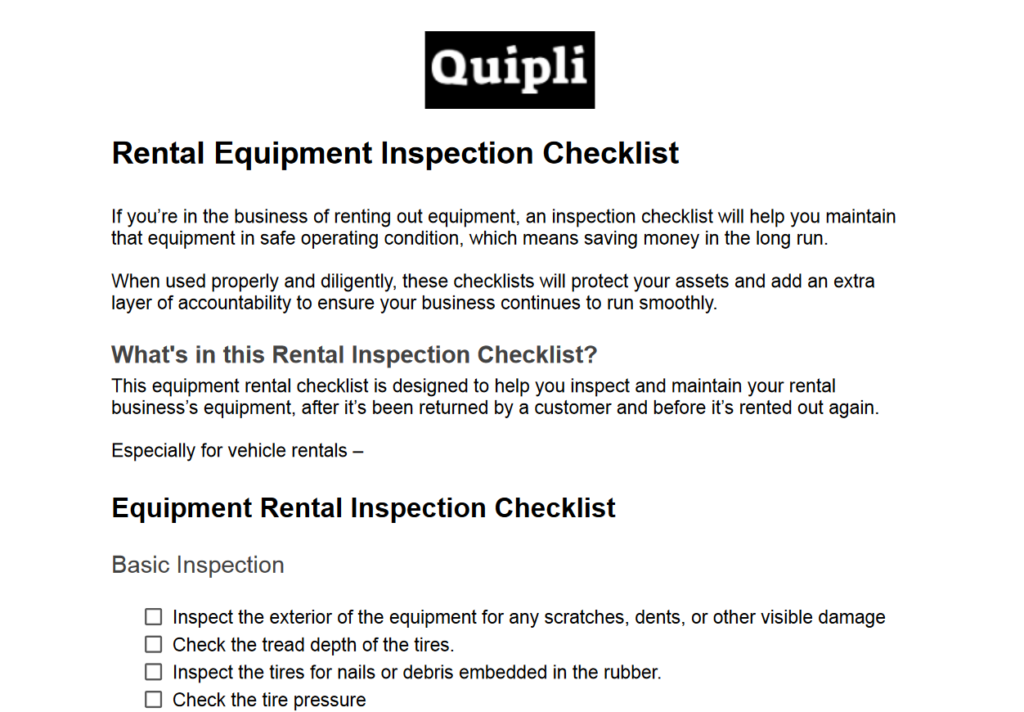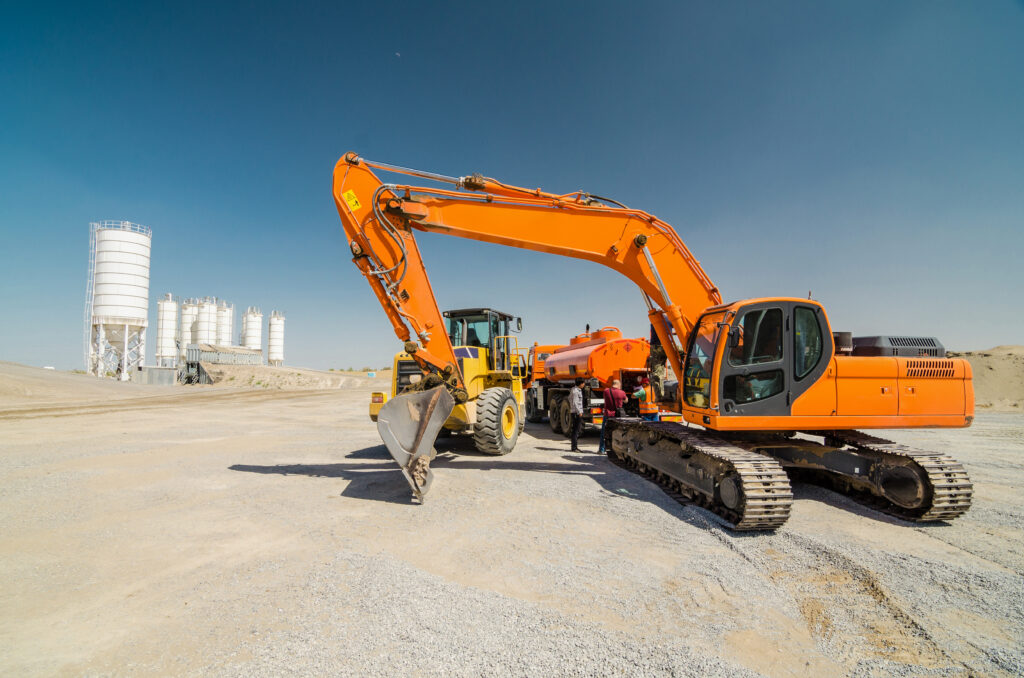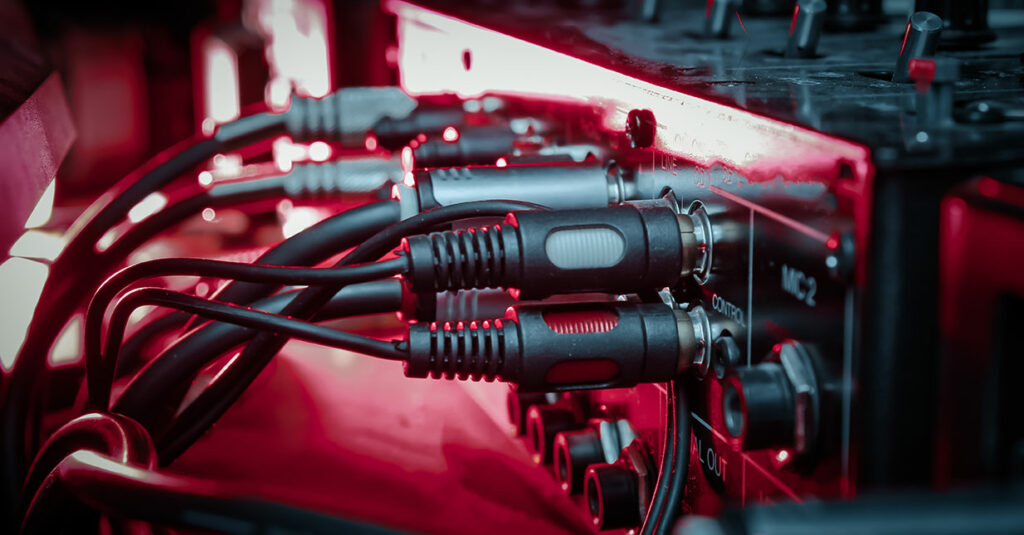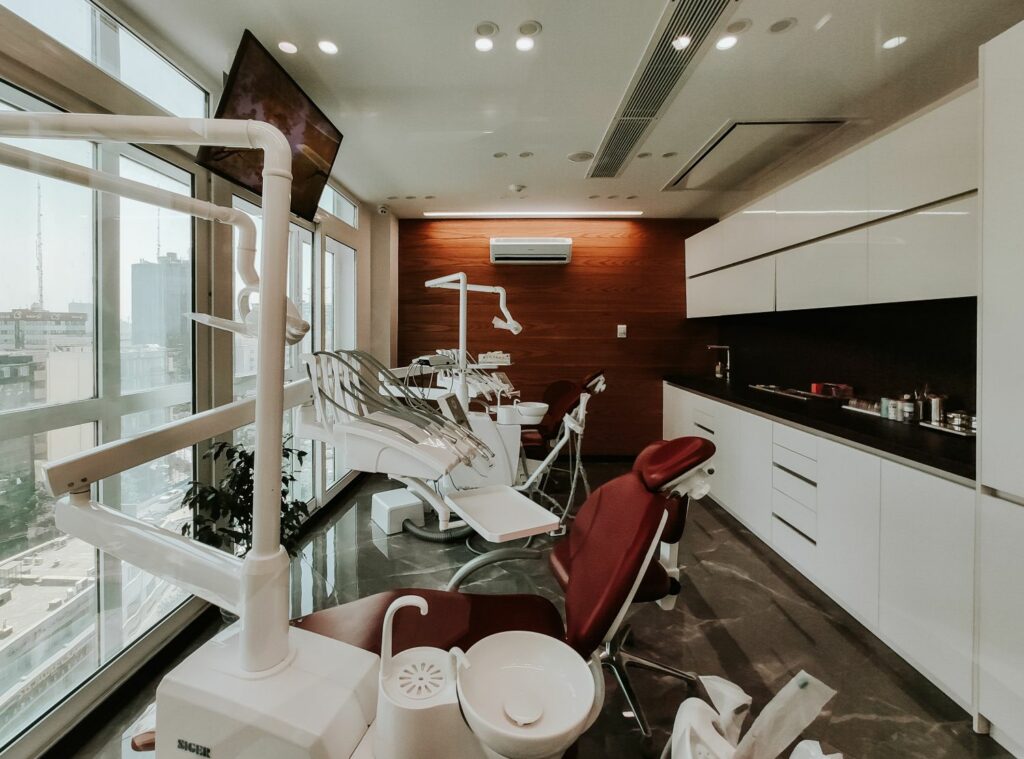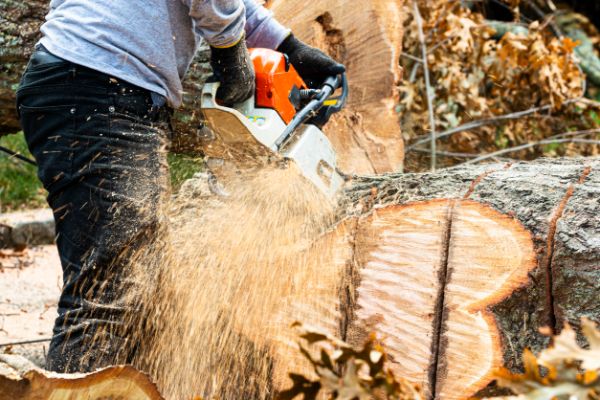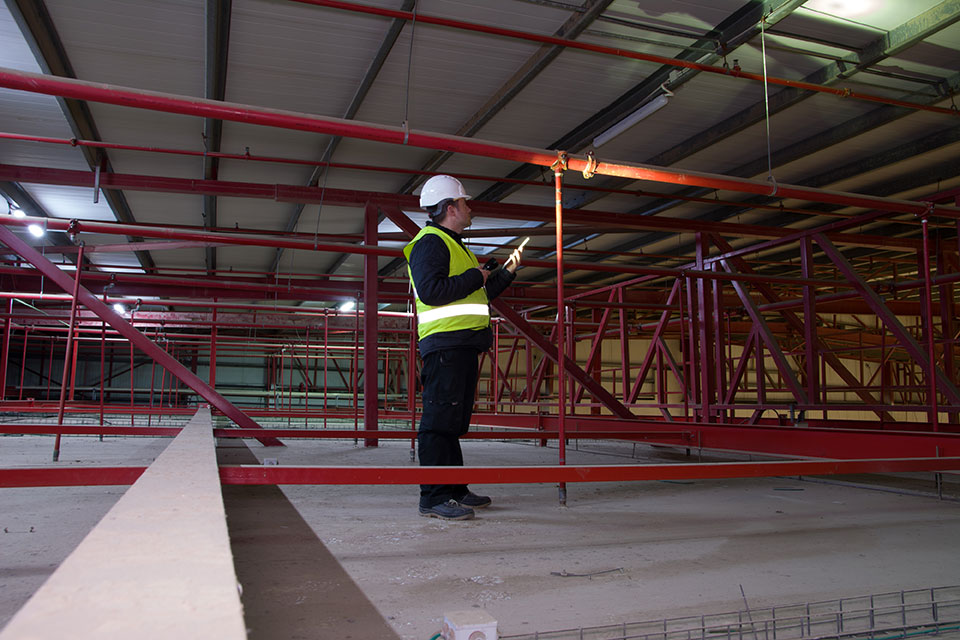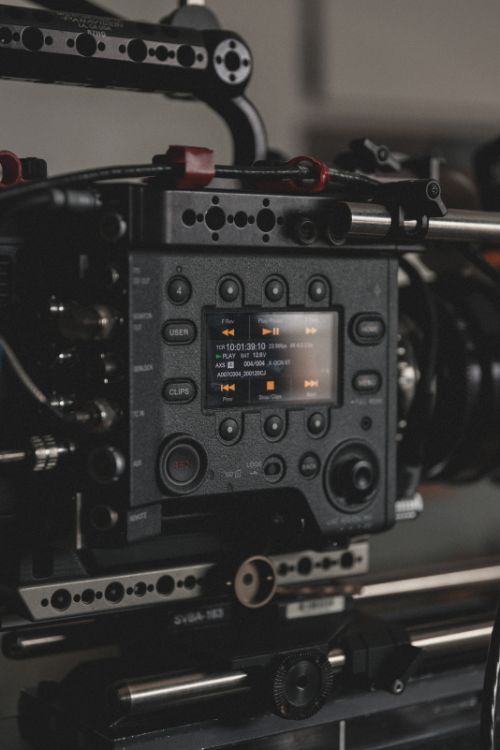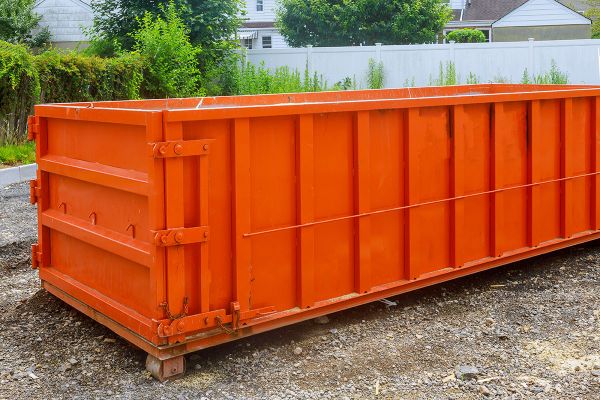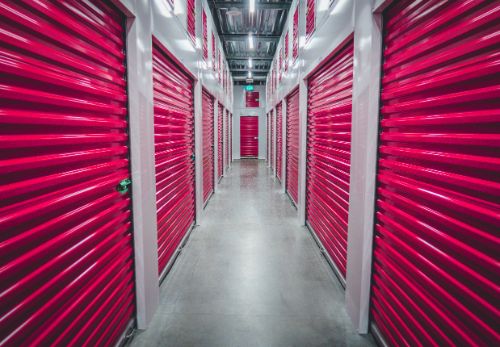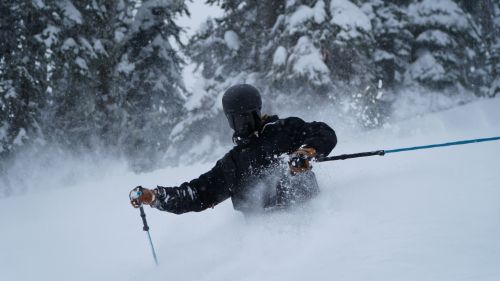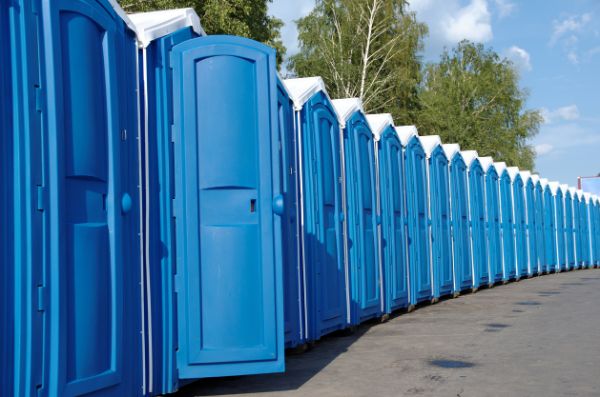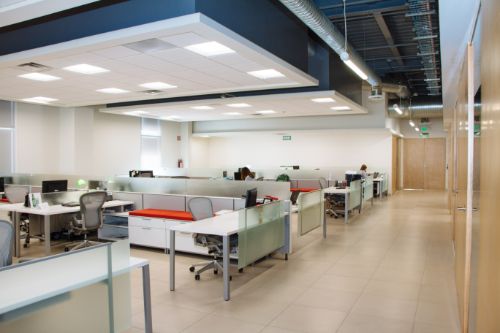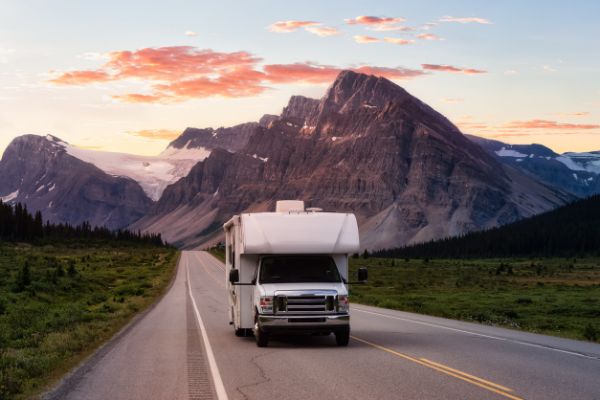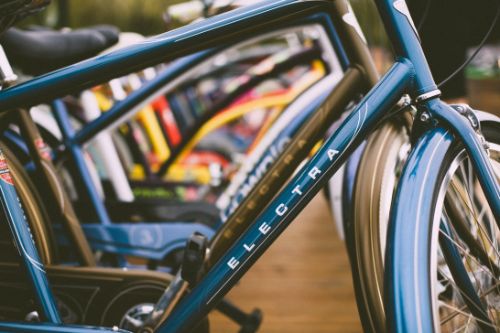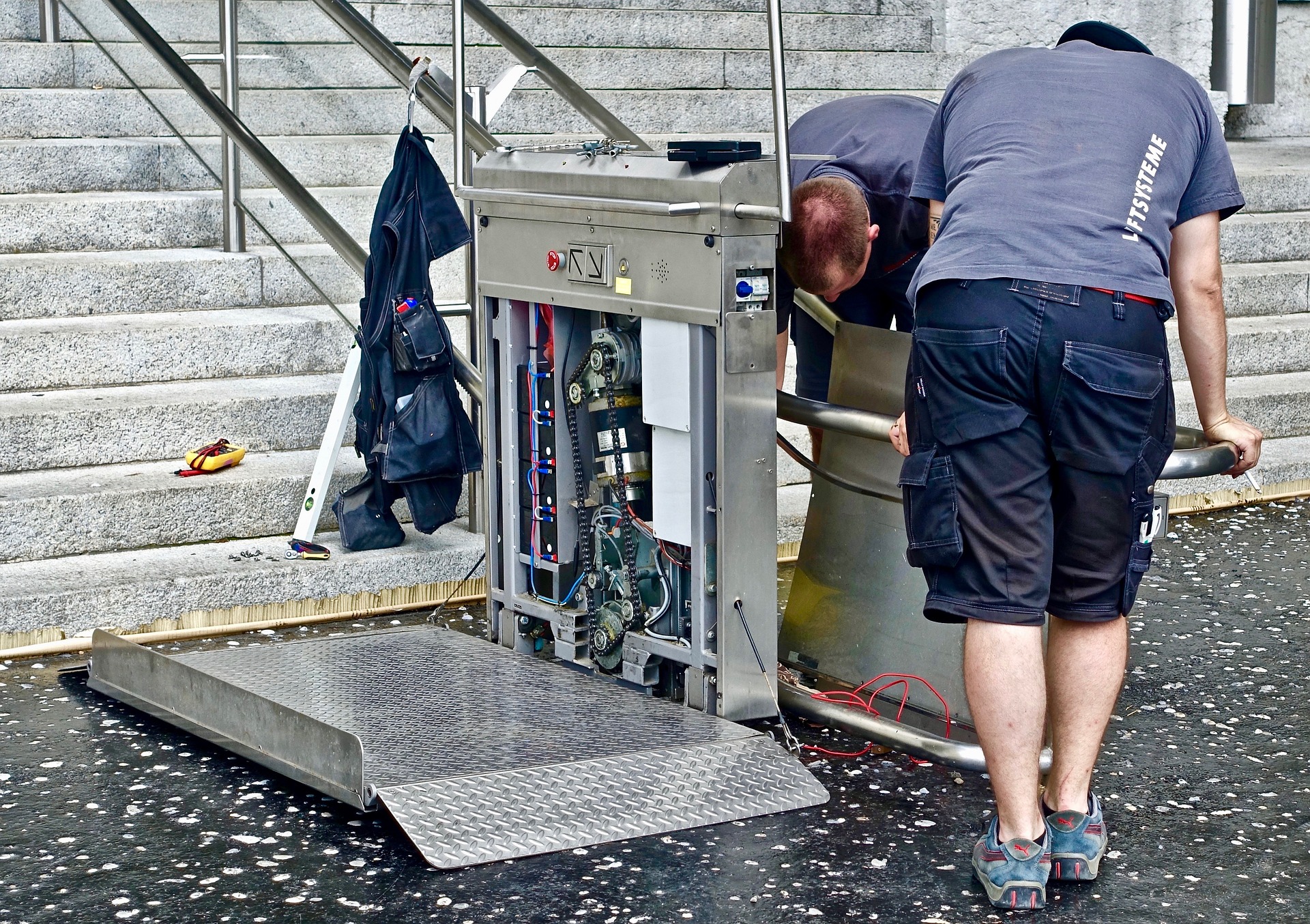In the competitive world of equipment rental, maintaining your assets and minimizing downtime is crucial to your success. When it comes to planning for equipment damage, being proactive can save you time, money, and headaches down the line. This article will guide you through practical steps to prepare for equipment damage and maximize your rental equipment’s lifetime, ensuring you stay ahead of the competition and provide exceptional service to your customers. Let’s dive into the key strategies for effective equipment damage planning.
Equipment damage is inevitable, so it’s essential to plan ahead for it.
No matter how well you maintain your equipment, it will eventually need repairs at some point during its lifetime of operation. By being aware of the possibilities of damage, ensuring your equipment is insured, implementing a solid damage waiver policy, and stocking replacement parts ahead of time, you can be prepared to address and repair damage to your machinery promptly. This article will explore these strategies in detail and provide insights on how to maximize your rental equipment’s lifetime.
Rental equipment insurance coverage can help you cover repair or replacement costs
Make sure you have adequate coverage for the relevant types of insurance for the equipment that you rent out to customers. Comprehensive rental equipment insurance can cover repair or replacement costs in the event of damage, theft, or other unexpected incidents.
When selecting insurance coverage for your rental equipment, it’s essential to consider factors such as the types of equipment you rent out, the risks associated with their use, and the potential financial impact of various incidents. Work with an experienced insurance agent to develop a customized insurance plan that addresses your specific needs and concerns. This may include coverage for general liability, property damage, equipment breakdown, and business interruption.
Having the right insurance in place not only provides financial protection but also gives you peace of mind, allowing you to focus on running your business effectively. Furthermore, it demonstrates professionalism and responsibility to your customers, fostering trust and a positive reputation within the industry. Proper insurance coverage can also help mitigate disputes with customers regarding damaged equipment, as it ensures that your business is prepared to handle such situations without significant financial strain.
Types of insurance coverage for heavy equipment
- Commercial auto insurance: Applicable to many types of motor vehicles, including some kinds of heavy construction equipment. This type of insurance provides coverage for physical damage, liability, and other expenses related to an accident or damage involving a vehicle.
- General liability insurance: Protects your company’s assets in the event of a lawsuit. It covers property damage, personal injury, and other liabilities arising from your business operations.
- Inland marine insurance: A type of property damage insurance that covers certain items or contingencies that other kinds of insurance may not. It can cover equipment during transportation, at job sites, or in storage.
- Property insurance: This can apply to a wide variety of different equipment your company owns and uses – highly customizable, can cover situations like employee damage or theft. This insurance covers damage to your property due to events like fire, theft, vandalism, and natural disasters.
- Worker’s compensation: Protects your employees and helps ensure that you’re able to cover workman’s comp in the event of a workplace accident. It provides medical benefits and wage replacement for employees injured on the job.
- Umbrella and excess liability coverage: An addition to standard liability insurance that can help expand the amount of coverage you’re able to get. It provides additional protection when the limits of your underlying policies have been exhausted.
- Loss of use insurance: Can help you recover some of the lost revenue if equipment is out of commission for repairs due to damage. It compensates you for the income you would have earned if the equipment had been operational.
- Property in transit insurance: Covers damage to equipment during shipment or transit. It provides protection for your equipment while it is being transported between locations or job sites.
- Replacement cost coverage: Helps pay to replace a piece of equipment that was stolen, or was destroyed entirely and cannot be repaired. It covers the full cost of replacing the equipment with a new, similar item without factoring in depreciation.
It is essential to work closely with your insurance provider to ensure you have the right mix of coverage that meets your specific needs.
Stock up on commonly needed replacement parts ahead of time, to make sure you have them on hand when you need them.
The COVID-19 pandemic brought serious issues concerning the availability of replacement parts for heavy equipment. During that time, a lot of rental companies had machines that were hard down but unable to be repaired. Even now, there are still some lingering supply chain issues ongoing.
Planning ahead and keeping replacement parts available ahead of time can help you ensure timely repairs on hard down machines, to get them out on rent and generating revenue faster without having to wait on parts – multi-month wait times for a critical machinery part could mean a lot of lost revenue on that piece of equipment.
To avoid this situation, establish a relationship with reliable suppliers and manufacturers. Maintain an inventory of commonly needed replacement parts, such as filters, belts, hoses, and electrical components. This proactive approach will help minimize downtime and ensure that your equipment remains in top condition.
Implement a well-defined damage waiver policy for customers
A damage waiver on rental equipment clarifies the customer’s responsibility for any damage caused to your equipment. Being clear and upfront about the customer’s responsibility and your method of collecting damages if necessary will help protect your company. A well-defined damage waiver policy should include the following elements:
- Clear definitions of the types of damage covered by the waiver
- Explanation of the customer’s financial responsibility for damages
- Procedures for reporting and documenting equipment damage
- Timeline for returning damaged equipment and initiating repairs
Providing customers with a comprehensive damage waiver policy will not only protect your business but also help establish trust and transparency in your customer relationships.
Learn more about how to communicate and invoice a customer for breaking your equipment.
Document Everything
Always take high-quality photos before and after renting out a piece of equipment. These images will provide vital evidence if a customer is at fault for severe, expensive damage to your equipment, and you need to bill them or take them to court.
Additionally, maintain thorough records of equipment inspections, maintenance, and repairs. This documentation will help you track the equipment’s history and determine if any recurring issues need to be addressed. It can also help you identify patterns in equipment usage or customer behavior that may lead to damage, allowing you to implement preventive measures.
Find a good service manager and put strong internal processes in place
Hiring a skilled and experienced service manager is crucial for companies that rent out heavy equipment. Strong internal processes will keep hard down equipment moving smoothly through the maintenance and repair process and avoid booking out equipment that isn’t usable yet. The service manager plays a vital role in optimizing equipment performance, reducing downtime, and maintaining a high level of customer satisfaction. Their expertise in handling equipment maintenance ensures that your rental fleet is always in top condition, ready to meet the needs of your clients.
One way to facilitate this is to use software like Quipli to track and manage soft down and hard down equipment, and where each piece of machinery is in the maintenance or repair process.
Implementing advanced software solutions such as Quipli not only streamlines the tracking and management of equipment but also enables the service manager to have better visibility and control over the entire maintenance workflow. This, in turn, leads to increased efficiency, reduced equipment downtime, and improved customer satisfaction.

Quipli makes it easy to create, track, and manage work orders for your equipment
Quipli’s suite of service and repair features allows you to streamline communication between departments and improve overall efficiency, monitor equipment usage and identify trends that may indicate potential issues, simplify the process of scheduling maintenance and repairs and ensure that all necessary documentation is easily accessible and up-to-date. Utilizing software like Quipli can help you:
- Manage and track ongoing work orders easily
- Track progress over time
- Mark machines as “soft down” or “hard down”
- View current status and work order histories
- View detailed machine hour breakdowns, including which hours come from internal activities vs customer rentals
- View the last invoice number associated with damaged equipment to facilitate billing the customer for damages
By incorporating software solutions into your rental equipment management process, you can save time, reduce errors, and improve the overall effectiveness of your operation.
In summary, planning for equipment damage and maximizing your rental equipment’s lifetime requires a multifaceted approach. By ensuring adequate insurance coverage, stocking commonly needed replacement parts, implementing a well-defined damage waiver policy, and using software like Quipli to track and manage equipment status, you can minimize downtime and maximize revenue.
Unlock the Full Potential of Your Rental Equipment with Quipli
Don’t let equipment damage and downtime hinder your business’s success. Discover how Quipli’s equipment rental software can help you streamline your equipment management process, reduce downtime, and ensure your rental equipment remains in top working condition.
Contact Us Today to Learn About Quipli’s Service & Repair Features

